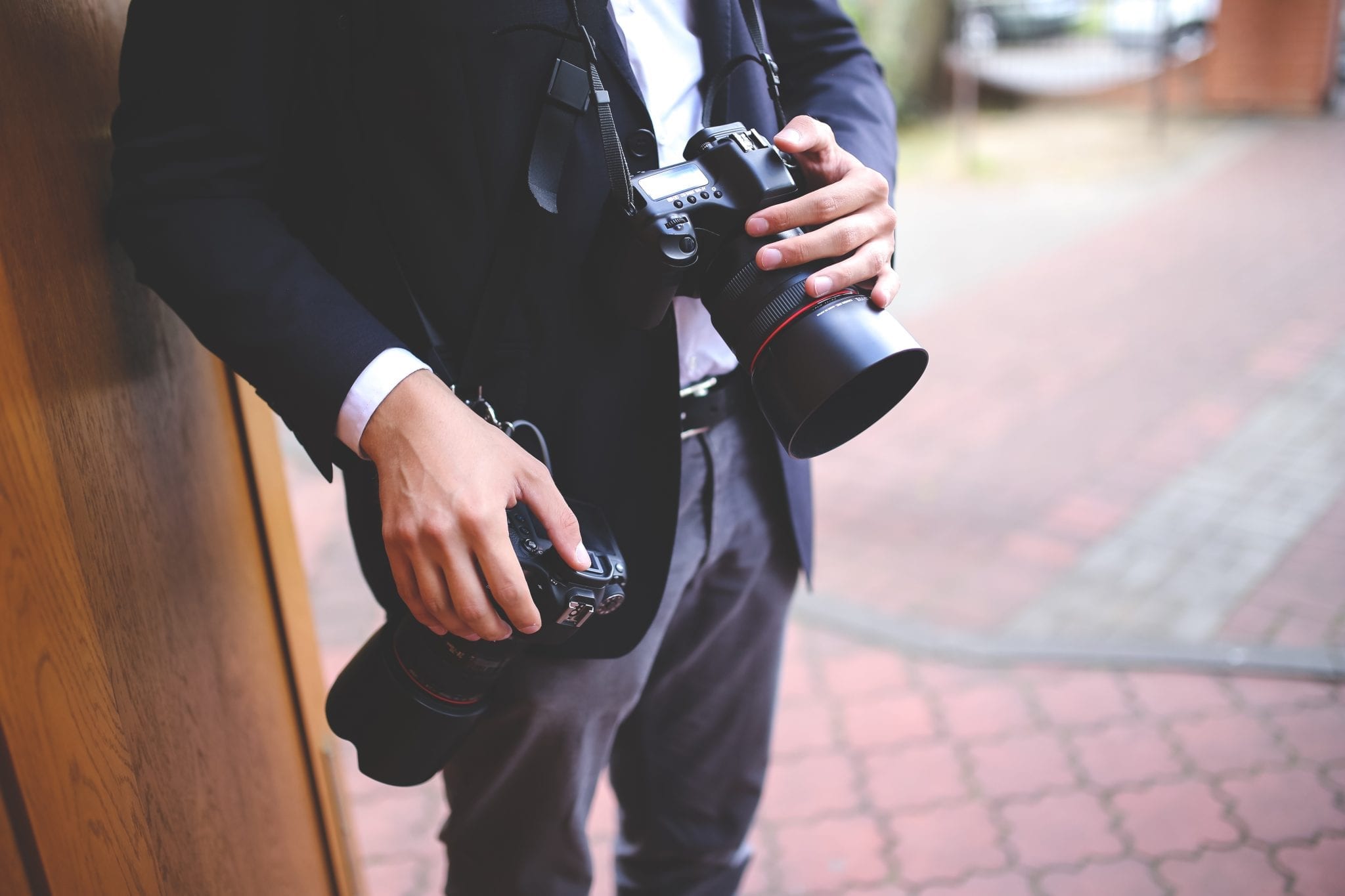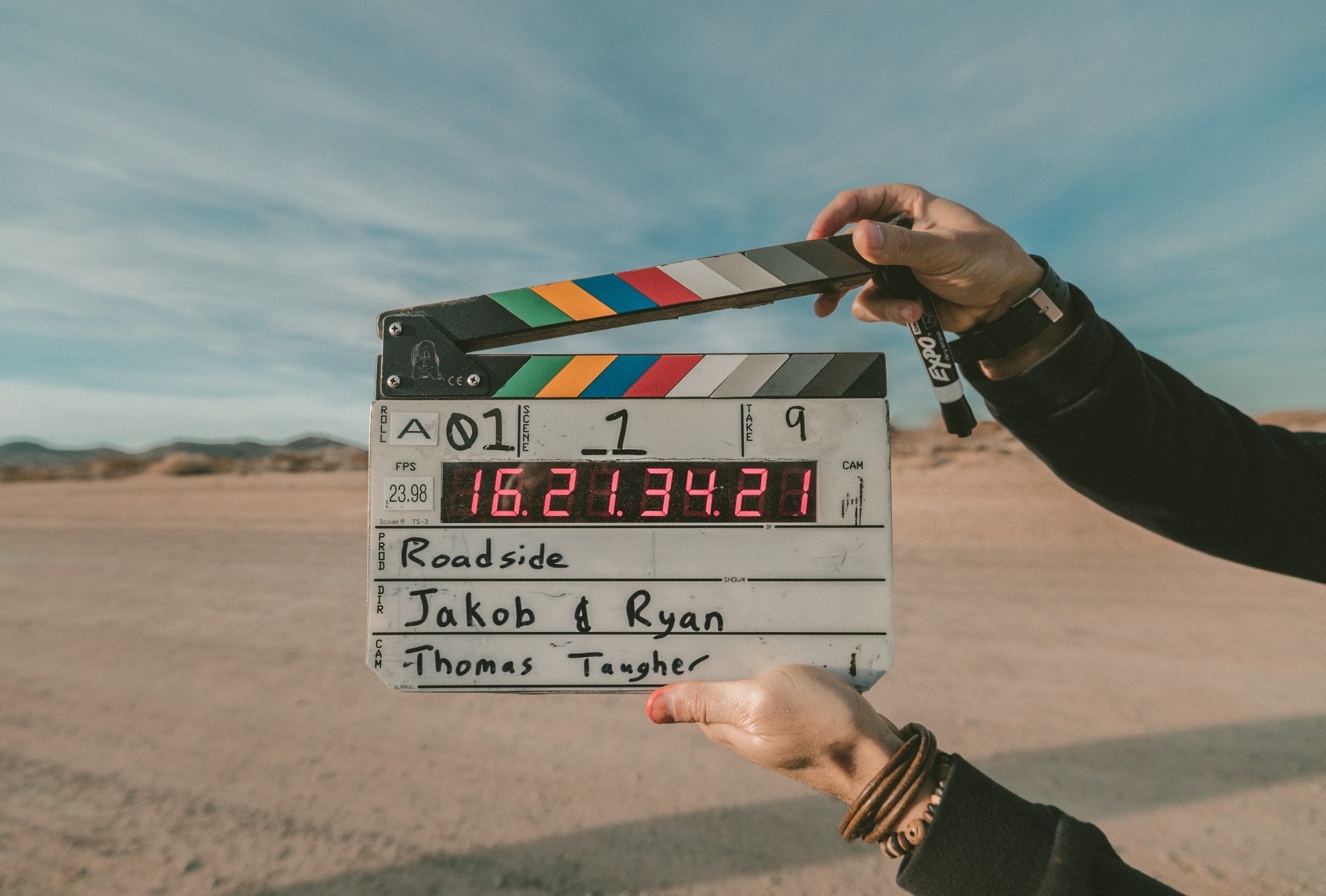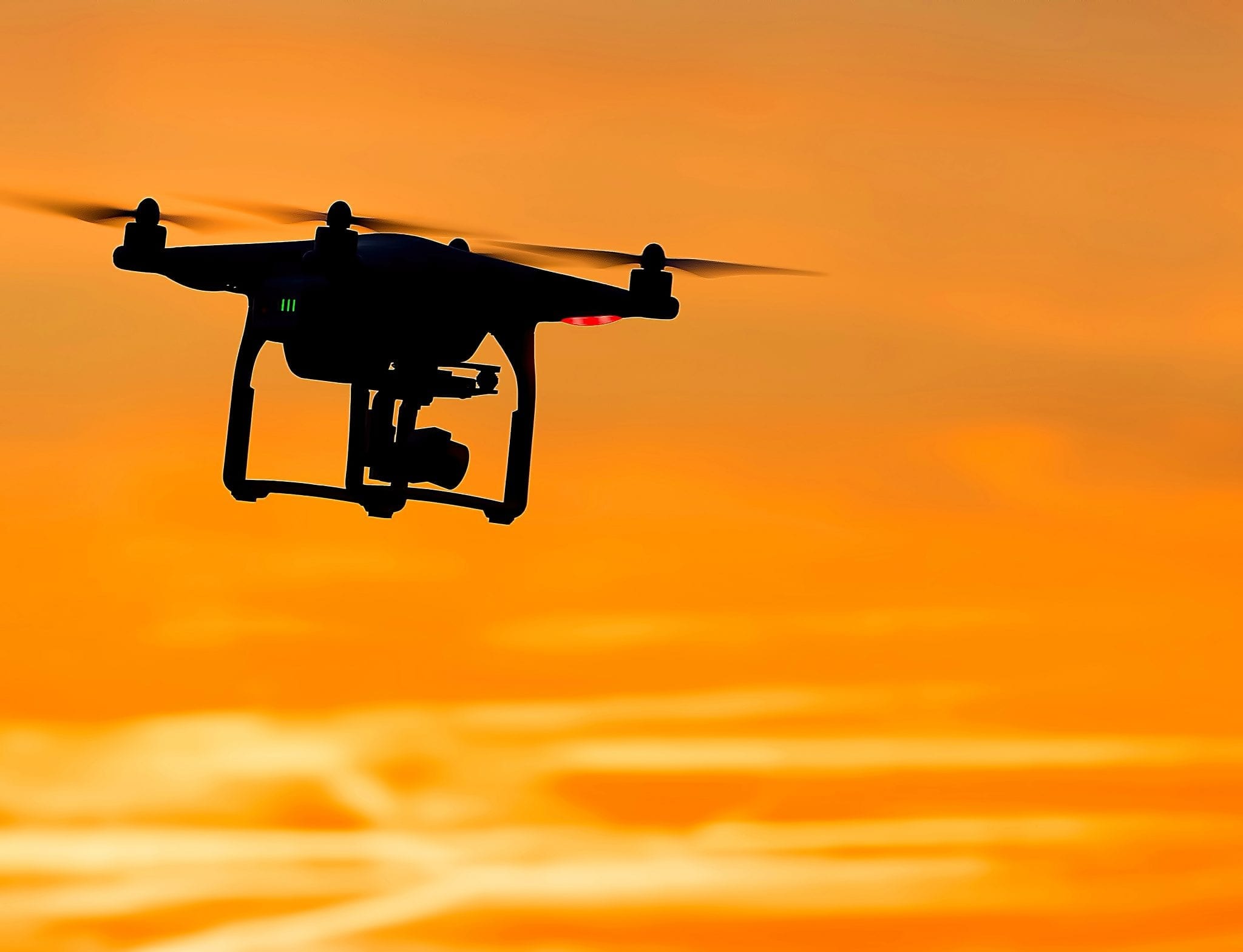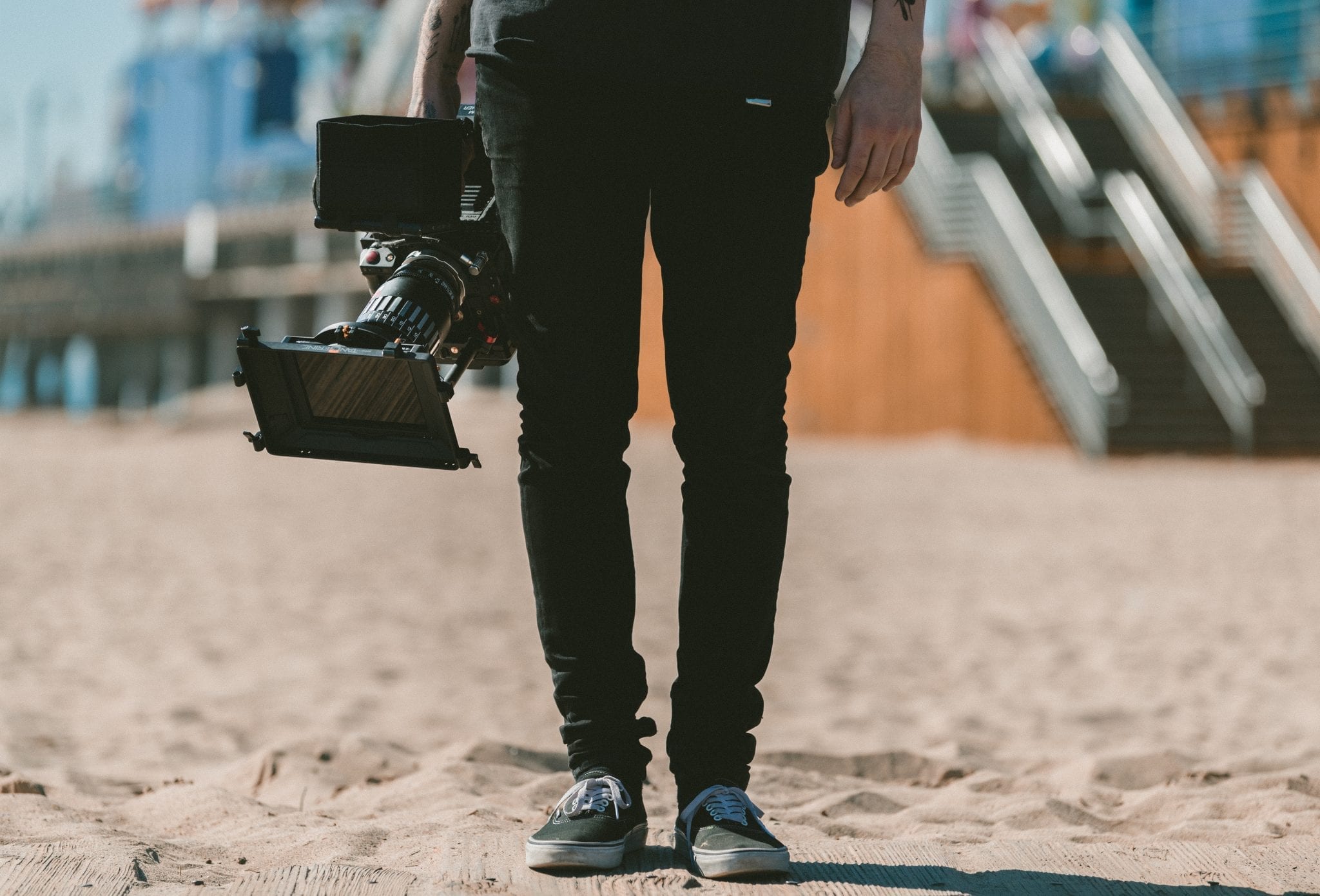On episode 69 of The Edge of Innovation, we’re talking with photographer Al Pereira about what it’s like to be a freelance photographer and run a photography store.

Hacking the Future of Business!

On episode 69 of The Edge of Innovation, we’re talking with photographer Al Pereira about what it’s like to be a freelance photographer and run a photography store.

On Episode 67 of The Edge of Innovation, we’re talking with Ed Alexander of Fanfoundry.com, about how blog articles and video can help with content marketing.

Today on the Edge of Innovation, we are talking with Brian Gravel about Media Technology and working with video.

Today on the Edge of Innovation, we are talking with Brian Gravel about The Amazing New World of Drones.

Today on the Edge of Innovation, we are talking with Brian Gravel about Media Technology.